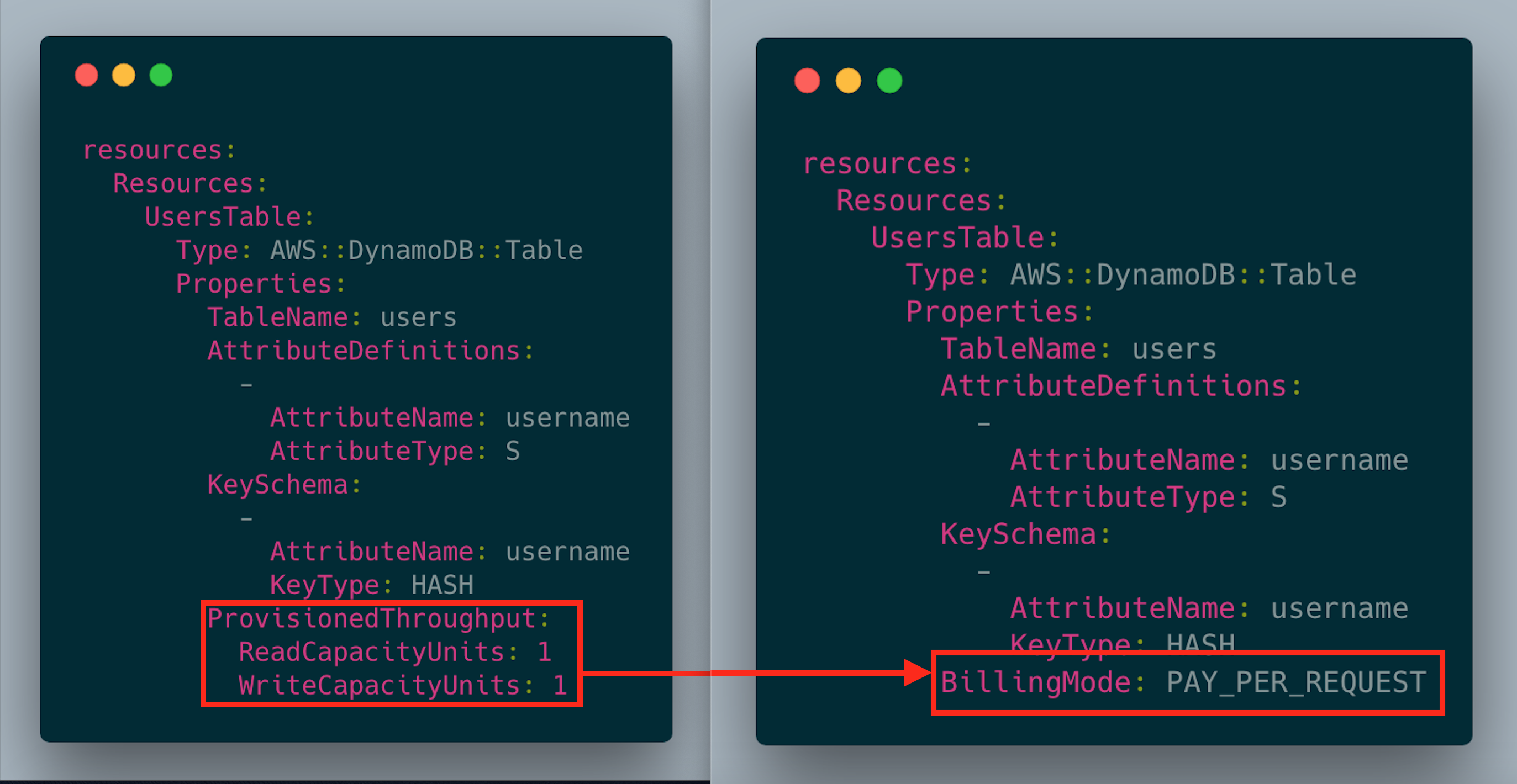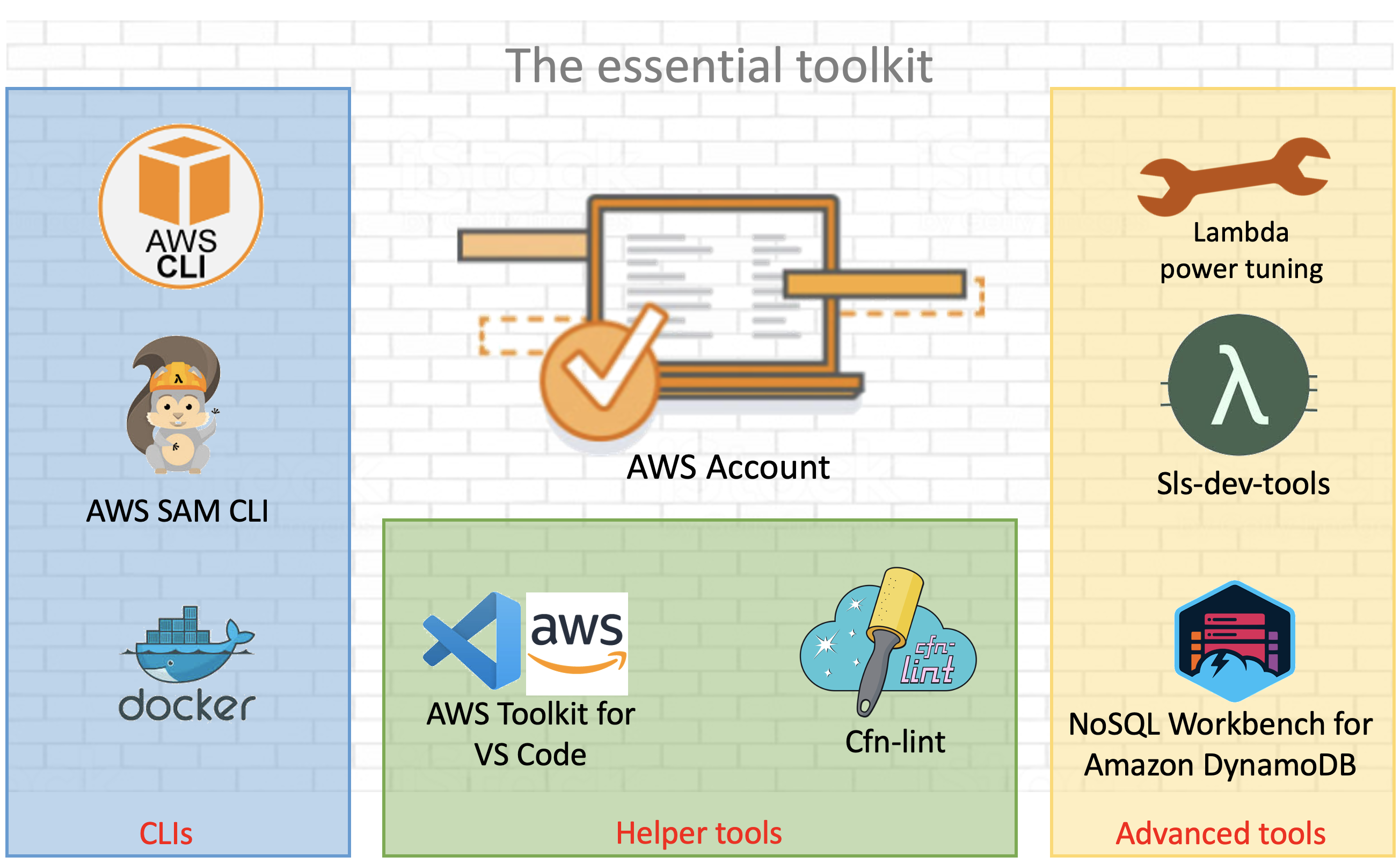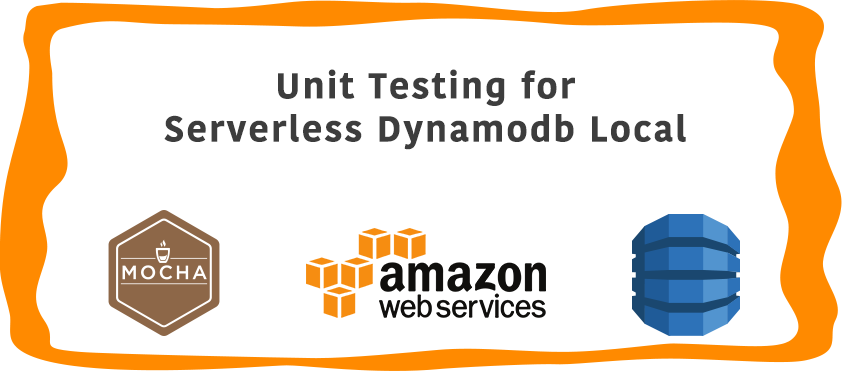

- Local dynamodb serverless movie#
- Local dynamodb serverless code#
- Local dynamodb serverless plus#
- Local dynamodb serverless free#
Secure your endpoint using custom authorizers.Consider using the following features to enhance your API endpoint: There are many more options that can make this setup even more powerful. The example given in this blog post really only touches the basic functionality provided by API Gateway. They will show up in your DynamoDB table, and be available through a GET request in the browser.

Using your favorite REST client, try to PUT an item into DynamoDB using your API Gateway URL. Deploy your API so that we can test it in the browser. We now have both a functional GET and PUT endpoint configured using API Gateway.
Local dynamodb serverless movie#
Try this out by overwriting the data for an existing user: it will simply change the favorite movie meaning we can automatically also update items in the table, not only create. Looking at the PutItem documentation, you will see that PutItem either creates or updates an item the table. Take a peek at the items in your DynamoDB table: the new record has been added! Here, open the application/json body mapping template and specify the following template:Ĭlick “Test” and you should receive a 200 OK without any data. Open the “Integration Response” screen and open the 200 response status that is already configured. In order to have our API return a more common syntax, we are going to transform this data. These would be example be an “N” for number values stored in DynamoDB. The “S” keys in the JSON are there to show that the values we receive are strings. You will now see something like the following:Īwesome! That data is coming directly from DynamoDB. Choose the “Test” icon in the API Gateway console and fill in the name of the test data you entered before in DynamoDB. Here, we retrieve the value of this variable and form a proper JSON object that is accepted by the GetItem API call. Performing a GET request on / to be a variable. The API endpoint we will build is going to be very simple. With some test data in our database, it is time to retrieve this data using API Gateway.

Local dynamodb serverless plus#
Use whatever name you want as the ID and use the plus button on the left to append an extra column to store the favorite_movie (be sure to use this key if you are following along!). Open up the “Items” tab and click on “Create Item”.
Local dynamodb serverless free#
I'm using the default settings for the throughput, but feel free to disable auto-scaling and reduce the read/write capacity to 1 to save some costs.Īfter a minute or two the table will be created and we can store our first test item. Configure it according to the below screenshot. To setup the DynamoDB table, open up the DynamoDB console. In the “favorite_movie” column we store the name of the favorite movie of said friend. We will use the names of our friends as the partition key. The DynamoDB table that we will create is going to be as simple as they get. Next, we setup API Gateway to communicate with the table. First, we'll create a DynamoDB table to store the data. The functionality we will build is storing and retrieving the favorite movie for a person. In this blog post I will walk you through setting up a serverless API. In other words: we can build a REST API that stores and retrieves data without writing a single piece of code! This means that using the AWS Service integration in API Gateway, you can fully communicate with DynamoDB. This is different from for example Redis and MySQL where you have to use the redis/mysql client to communicate with those services. A common use case is to store and retrieve data to/from a database.ĭynamoDB is one such database, fully developed and managed by AWS, which integrates 100% with the AWS API.
Local dynamodb serverless code#
Arguably, the Lambda integration is most commonly used as it allows you to invoke a piece of code without managing a server or operating system (thus, combined with API Gateway, creating a serverless api). An incoming request can either be forwarded to an HTTP endpoint, can invoke a Lambda function, or connect to an AWS service. AWS API Gateway is a managed service from Amazon Web Services that allows you to easily create an API endpoint.


 0 kommentar(er)
0 kommentar(er)
